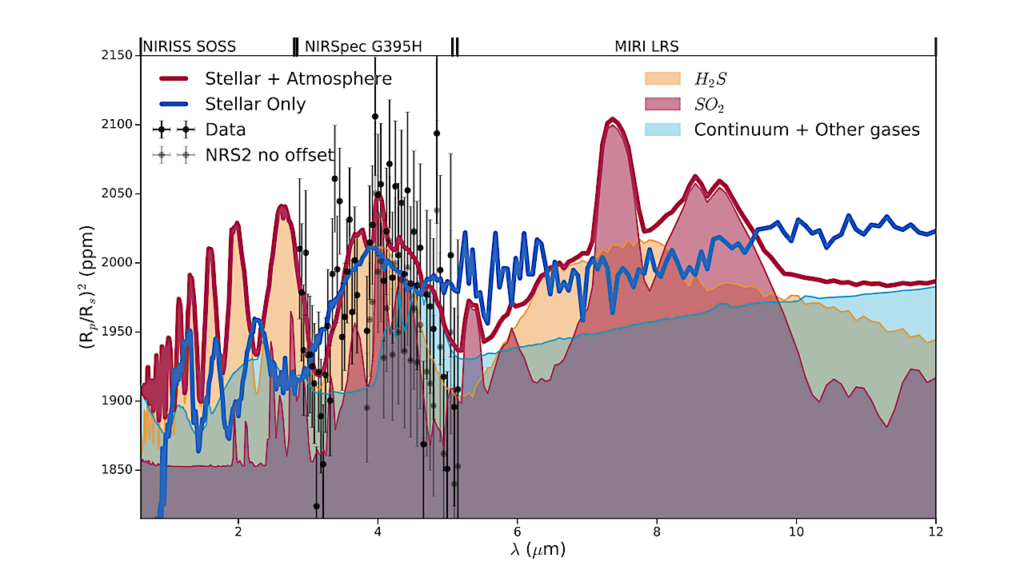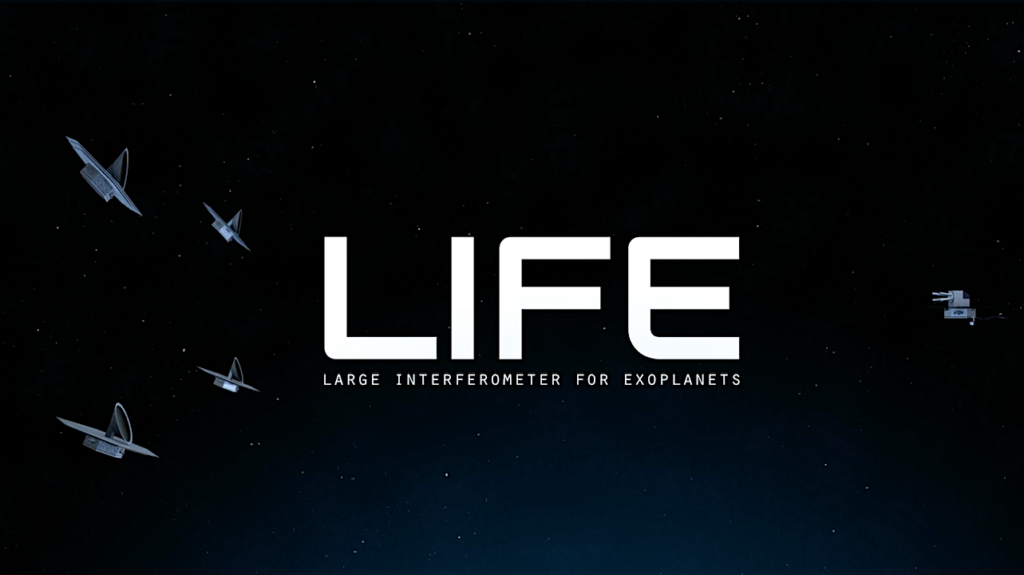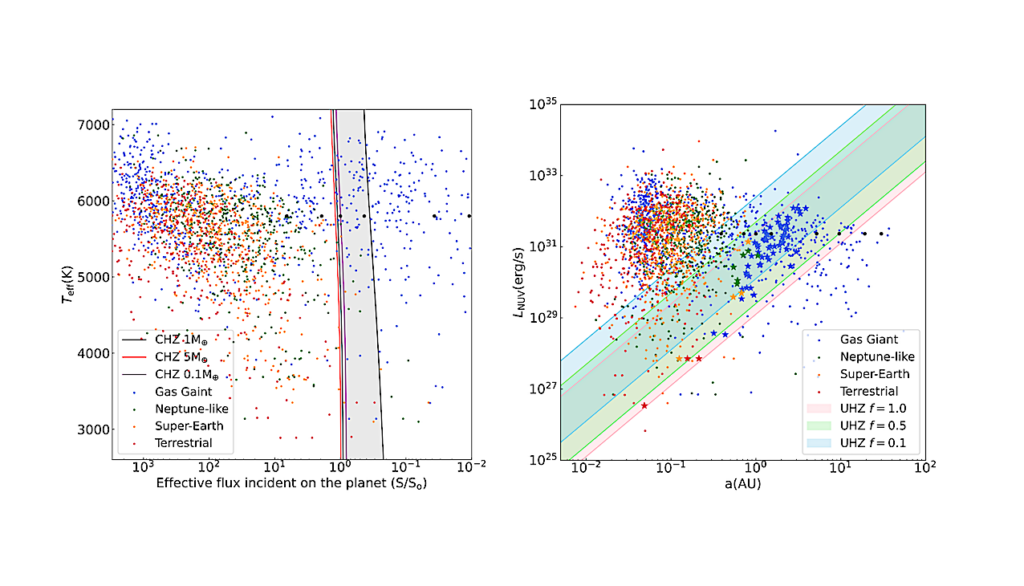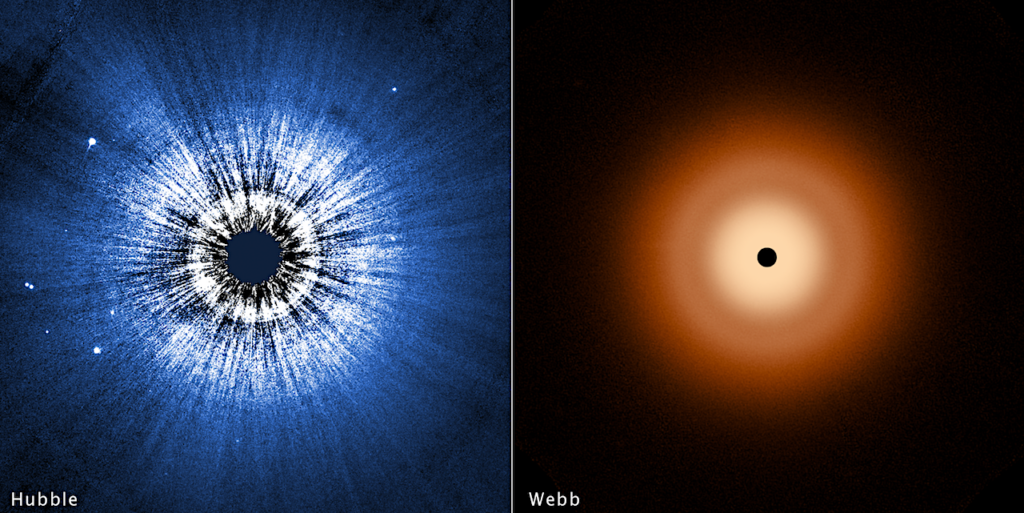Atmospheres As A Window To Rocky Exoplanet Surfaces

As the characterization of exoplanet atmospheres proceeds, providing insights into atmospheric chemistry and composition, a key question is how much deeper into the planet we might be able to see from its atmospheric properties alone.
For small planets with modest atmospheres and equilibrium temperatures, the first layer below the atmosphere will be their rocky surface. For such warm rocky planets, broadly Venus-like planets, the high temperatures and moderate pressures at the base of their atmospheres may enable thermochemical equilibrium between rock and gas.
This links the composition of the surface to that of the observable atmosphere. Using an equilibrium chemistry code, we find a boundary in surface pressure-temperature space which simultaneously separates distinct mineralogical regimes and atmospheric regimes, potentially enabling inference of surface mineralogy from spectroscopic observations of the atmosphere.
Weak constraints on the surface pressure and temperature also emerge. This regime boundary corresponds to conditions under which SO2 is oxidized and absorbed by calcium-bearing minerals in the crust, thus the two regimes reflect the sulphidation of the crust.
The existence of these atmospheric regimes for Venus-like planets is robust to plausible changes in the elemental composition. Our results pave the way to the prospect of characterizing exoplanetary surfaces as new data for short period rocky planet atmospheres emerge.
Xander Byrne, Oliver Shorttle, Sean Jordan, Paul B. Rimmer
Comments: 12 pages, 9 figures, 2 tables. Accepted 17 Dec 2023 for publication in MNRAS
Subjects: Earth and Planetary Astrophysics (astro-ph.EP)
Cite as: arXiv:2312.11133 [astro-ph.EP] (or arXiv:2312.11133v1 [astro-ph.EP] for this version)
Submission history
From: Xander Byrne
[v1] Mon, 18 Dec 2023 12:07:01 UTC (2,790 KB)
https://arxiv.org/abs/2312.11133
Astrobiology,








